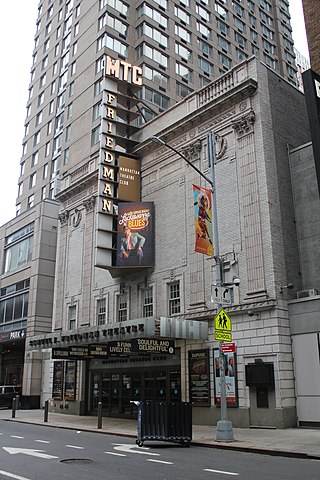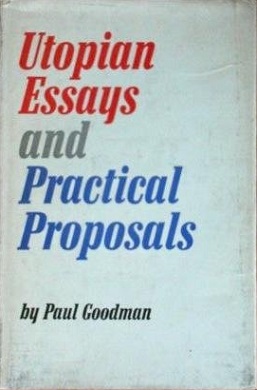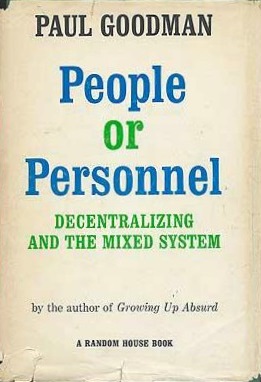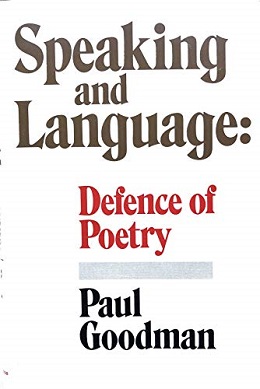Related Research Articles

The Neil Simon Theatre, originally the Alvin Theatre, is a Broadway theater at 250 West 52nd Street in the Theater District of Midtown Manhattan in New York City. Opened in 1927, the theater was designed by Herbert J. Krapp and was built for Alex A. Aarons and Vinton Freedley. The original name was an amalgamation of Aarons's and Freedley's first names; the theater was renamed for playwright Neil Simon in 1983. The Neil Simon has 1,467 seats across two levels and is operated by the Nederlander Organization. Both the facade and the auditorium interior are New York City landmarks.

The August Wilson Theatre is a Broadway theater at 245 West 52nd Street in the Theater District of Midtown Manhattan in New York City. Opened in 1925, the theater was designed by C. Howard Crane and Kenneth Franzheim and was built for the Theatre Guild. It is named for Pulitzer Prize-winning playwright August Wilson (1945–2005). The August Wilson has approximately 1,225 seats across two levels and is operated by Jujamcyn Theaters. The facade is a New York City designated landmark.

The Broadway Theatre is a Broadway theater at 1681 Broadway in the Theater District of Midtown Manhattan in New York City. Opened in 1924, the theater was designed by Eugene De Rosa for Benjamin S. Moss, who originally operated the venue as a movie theater. It has approximately 1,763 seats across two levels and is operated by The Shubert Organization. The Broadway Theatre is one of the few Broadway theaters that is physically on Broadway.

The Walter Kerr Theatre, previously the Ritz Theatre, is a Broadway theater at 219 West 48th Street in the Theater District of Midtown Manhattan in New York City. The theater was designed by Herbert J. Krapp and was constructed for the Shubert brothers in 1921. The venue, renamed in 1990 after theatrical critic Walter Kerr, has 975 seats across three levels and is operated by Jujamcyn Theaters. The facade is plainly designed and is made of patterned brick. The auditorium contains Adam-style detailing, two balconies, and murals.

The Lunt-Fontanne Theatre, originally the Globe Theatre, is a Broadway theater at 205 West 46th Street in the Theater District of Midtown Manhattan in New York City. Opened in 1910, the Lunt-Fontanne Theatre was designed by Carrère and Hastings in the Beaux-Arts style for Charles Dillingham. The theater is named after theatrical couple Alfred Lunt and Lynn Fontanne; its original name was inspired by that of the Globe Theatre, London's Shakespearean playhouse. The current configuration of the interior, dating to 1958, has about 1,519 seats across two levels and is operated by the Nederlander Organization. The facade is a New York City landmark.

The John Golden Theatre, formerly the Theatre Masque and Masque Theater, is a Broadway theater at 252 West 45th Street in the Theater District of Midtown Manhattan in New York City. Opened in 1927, the Golden Theatre was designed by Herbert J. Krapp in a Spanish style and was built for real-estate developer Irwin S. Chanin. It has 800 seats across two levels and is operated by The Shubert Organization. Both the facade and the auditorium interior are New York City landmarks.

The Samuel J. Friedman Theatre, formerly the Biltmore Theatre, is a Broadway theater at 261 West 47th Street in the Theater District of Midtown Manhattan in New York City. Opened in 1925, it was designed by Herbert J. Krapp in the neo-Renaissance style and was constructed for Irwin Chanin. It has 650 seats across two levels and is operated by the Manhattan Theatre Club (MTC). The auditorium interior is a New York City landmark, and the theater is listed on the National Register of Historic Places. Since 2008, the theater has been named for Broadway publicist Samuel J. Friedman, whose family was a major donor to MTC.

The American Airlines Theatre, originally the Selwyn Theatre, is a Broadway theater at 227 West 42nd Street in the Theater District of Midtown Manhattan in New York City. Built in 1918, it was designed by George Keister and developed by brothers Edgar and Archibald Selwyn, for whom the theater was originally named. The theater is owned by the city and state governments of New York and leased to New 42nd Street. It has 740 seats across two levels and is operated by Roundabout Theatre Company. Since 2000, the theater has been named for American Airlines (AA), which bought the theater's naming rights.
The Beacon Theatre is an entertainment venue at 2124 Broadway, adjacent to the Hotel Beacon, on the Upper West Side of Manhattan in New York City. Opened in 1929, the Beacon Theatre was developed by Samuel "Roxy" Rothafel and built as a movie palace, with 2,894 seats across three levels. It was designed by Walter W. Ahlschlager with decorations inspired by the Renaissance, Ancient Roman, Ancient Greek, and Rococo styles. The theater is designated as a New York City interior landmark and is listed on the National Register of Historic Places.
Marie Chapian is an American writer and radio ministry host. She is known for her writings on Christian diet programs, Christian devotional literature, and co-authoring biographies.

New Reformation: Notes of a Neolithic Conservative is a 1970 book of social commentary by Paul Goodman best known as his apologia pro vita sua before his death two years later.

Utopian Essays and Practical Proposals is a 1962 book of essays on social issues by Paul Goodman.

Village East by Angelika is a movie theater at 189 Second Avenue, on the corner with 12th Street, in the East Village of Manhattan in New York City. Part of the former Yiddish Theatre District, the theater was designed in the Moorish Revival style by Harrison Wiseman and built from 1925 to 1926 by Louis Jaffe. In addition to Yiddish theatre, the theater has hosted off-Broadway shows, burlesque, and movies. Since 1991, it has been operated by Angelika Film Center as a seven-screen multiplex. Both the exterior and interior of the theater are New York City designated landmarks, and the theater is on the National Register of Historic Places.

People or Personnel is a critique of centralized power written by Paul Goodman and published by Random House in 1965.

Speaking and Language: Defence of Poetry is a book of criticism by Paul Goodman that blames academic, structured approaches to linguistics for diminishing the role of creativity and spontaneity in speaking and human nature.

Like a Conquered Province: The Moral Ambiguity of America is a book of Paul Goodman's Massey Lectures for the Canadian Broadcasting Corporation on topics of American pathologies, in particular, citizens not taking responsibility for the consequences of inequality and harmful technologies. He advocates for decentralized alternatives to existing institutions that give greater control to individuals.

Collected Poems is a book of Paul Goodman's collected poetry, edited by his literary executor Taylor Stoehr and introduced by George Dennison.

Pierre-Joseph Proudhon is a biography of the French anarchist written by George Woodcock and first published in 1956 by Macmillan.
Paul Goodman described himself as a man of letters but foremost a poet. He published several poetry collections in his life, including The Lordly Hudson (1962), Hawkweed (1967), North Percy (1968), and Homespun of Oatmeal Gray (1970). His Collected Poems (1973) were published posthumously.
For Reasons of State is a 1973 collection of political essays by Noam Chomsky.
References
- Altman, Peter (February 16, 1972). "'Beyond the Mountains' gives classical lesson in obscurity". The Minneapolis Star. Minneapolis, Minnesota. p. 64.
- "Books and Authors". The New York Times . 1951. p. 27. ISSN 0362-4331. ProQuest 111823475.
- Flint, Robert W. (1951). "An Ambitious Venture". Poetry. 78 (6): 356–360. ISSN 0032-2032. JSTOR 20609383. ProQuest 1309970822.
- Jones, Willis Knapp (1951). "New Books (Rev. of Beyond the Mountains)". Poet Lore. Vol. 56, no. 2. p. 182. ISSN 0032-1966. ProQuest 1296834978.
- Kohler, Dayton (May 20, 1951). "Vivid Handling of the Classics (Rev. of Beyond the Mountains)". The Courier-Journal. Louisville, Kentucky. p. 57.
- Smith, Peter Duval (May 5, 1951). "The Prospect Before Us". New Statesman and Nation. Vol. 41, no. 1052. p. 512. ProQuest 1306892425.
- Smith, Harry (May 7, 1951). "'Beyond the Mountains. Four Plays' by Kenneth Rexroth (Book Review)". New Leader . Vol. 34, no. 19. p. 25. ISSN 0028-6044. ProQuest 1308957754.
- Tytell, John (1995). The Living Theatre: Art, Exile, and Outrage. Grove Press. ISBN 978-0-8021-1558-4.
- Williams, William Carlos (1951). "Verse With a Jolt to It". The New York Times Book Review . p. BR3. ISSN 0362-4331. ProQuest 111845238.